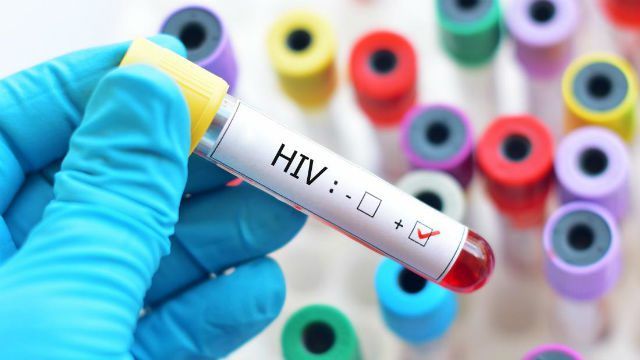Reporting that a man has been in remission of HIV for a year and a half after receiving a stem cell transplant without medication increases the likelihood that he is the second person to be cured of the disease.
Anonymously called the “London patient”, the case has been cautiously reported by researchers as they believe it is too early to be declared “cured”, but it is a long-awaited advance. The case comes a decade after Timothy Brown, known in medicine as the “Berlin patient”, was cured with a similar stem cell transplant, paving the way for HIV research and revitalizing the search for a cure.
The scientific community was interested in using gene therapy to deactivate the CCR5 gene by using other technologies, including the CRISPR gene manipulation program. The London patient infected with HIV and Hodgkin’s lymphoma received bone marrow cells from a donor who had a defective CCR5 gene in his cancer treatment.
The gene is known to produce a protein that is essential for HIV to penetrate blood cells. Brown (patient Berlin) also received a dysfunctional CCR5 gene transplant.
A second group of “Boston patients” who received stem cell transplants with functional CCR5 genes also experienced a significant reduction in the HIV reservoir in their cells and were left untreated for months, demonstrating that the graft itself played a role in the deletion of the virus.
But their interim results also indicated that the abnormal gene was necessary for a sustained cure.
Despite efforts to replicate the remarkable Berlin results, the researchers failed for a decade, also because the possibility of such transplantations is rare.
Stem cell transplants are risky and are only carried out if there is a clinical reason for them, such as cancer. Donors must be genetically identical to recipients, and very few people carry two copies of the dysfunctional CCR5 gene, which limits the number of possible transplants.
The search continues
But this does not mitigate the enthusiasm about the new case in the scientific community, which was interested in using gene therapy to deactivate the CCR5 gene with other technologies, including the CRISPR gene manipulation program. Modern HIV drugs have turned an infection that was once a terrible death sentence into a disease that can be controlled in the long run if you stick to a lifelong drug program.
Out of the 37 million people infected worldwide, 21 million have access to therapies that can keep the disease under control. However, the search for a real cure has continued, partly because of the need in low-income countries where access to drug therapy is less secure and drug-resistant strains of the virus are a major problem.
Reference: I am the Berlin patient: a personal reflection. AIDS research and human retroviruses, 2015. https://dx.doi.org/10.1089/aid.2014.0224
